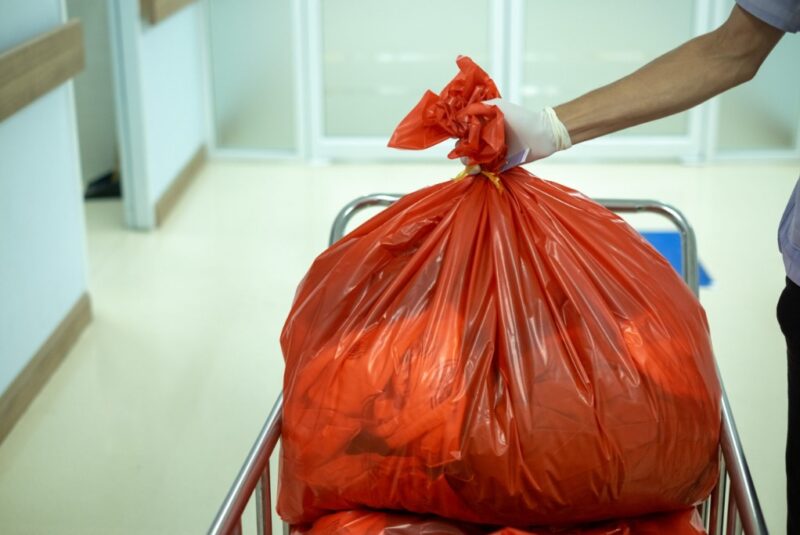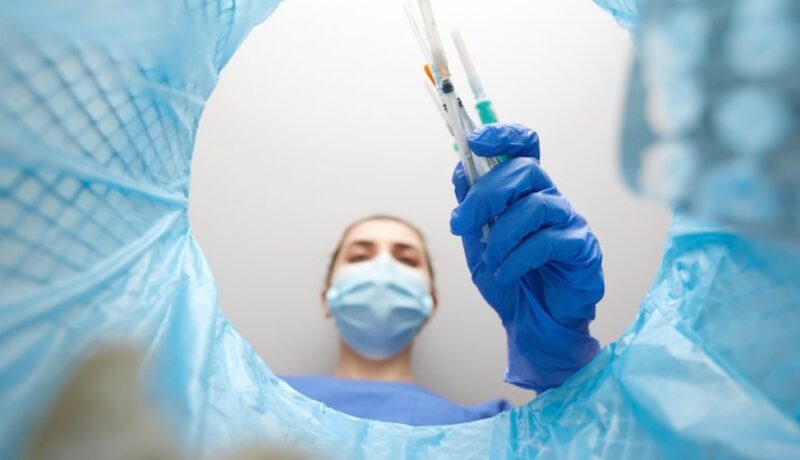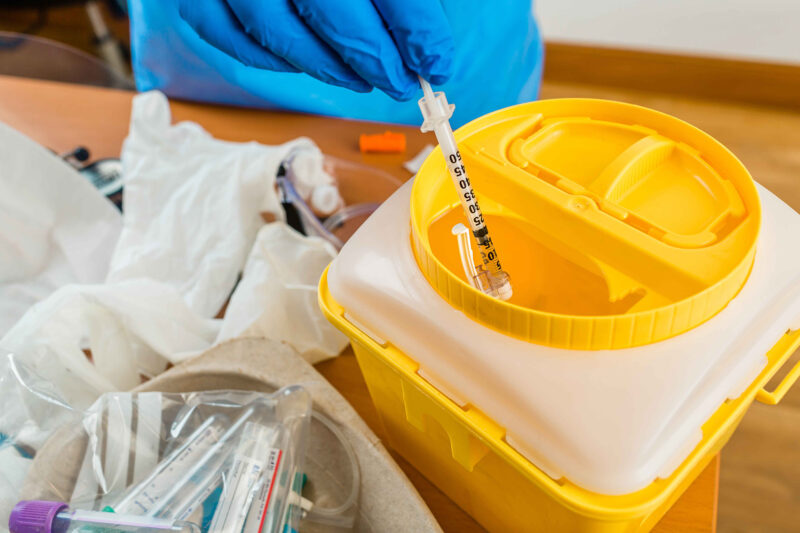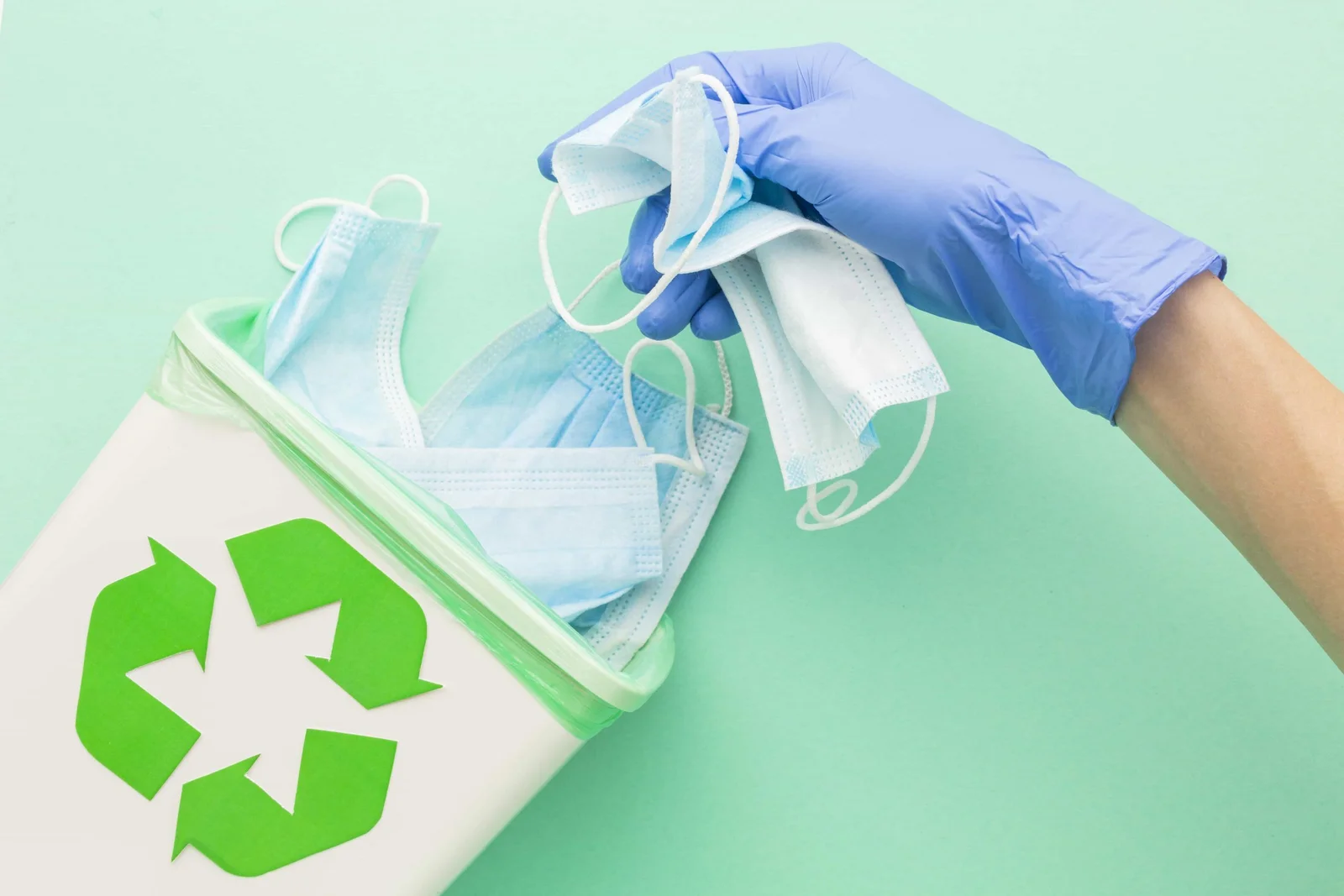Every day, countless healthcare professionals dedicate themselves to healing others, often overlooking a crucial aspect of their work: the waste generated in the process. Picture this: a dedicated nurse, after a long shift, carefully discards a used syringe.
As it lands in a disposal container, a question lingers—what happens next? Understanding medical waste is essential, not just for those within the healthcare industry but for society as a whole. Also, you will find more information about this topic in the following sections.
This article delves into the complexities surrounding healthcare waste handling, exploring the types of waste generated, the associated risks, and proper disposal methods essential for safeguarding health and the environment.
What is It?
Understanding the definition is essential for appropriate handling and management. This type typically originates from hospitals, clinics, laboratories, blood banks, and nursing homes.
Definition
It refers to the various types of waste produced during medical activities that could potentially harm public health or the environment. This includes materials that contain pathogens, chemicals, and other hazardous components.
Types

Each category presents unique challenges and requires specific protocols to mitigate risks associated with them. The primary categories include infectious, cytotoxic, sharps, and pathological and pharmaceutical.
Infectious
Infectious is defined as one that is capable of transmitting infectious diseases. Examples include contaminated materials like bandages and surgical gloves. Proper handling and disposal are key components in infectious classification, ensuring that such does not pose a threat to public health or safety.
Cytotoxic
Cytotoxic consists of substances that are hazardous due to their cytotoxic properties, which can negatively impact human health. This includes waste generated from chemotherapy, which may contain mutagenic or carcinogenic materials. Accurate identification and management practices are essential to minimize exposure to such risks.
Regulations
Sharps refers to items that can cause injuries, such as needles, blades, and broken glass. The management of this type requires adherence to sharps disposal regulations. Safety measures dictate the use of puncture-resistant containers and guidelines set forth by OSHA to ensure safe handling and disposal practices.
Pathological and Pharmaceutical
Pathological includes human remains, organs, and tissues, necessitating careful disposal methods to prevent health risks. Pharmaceutical refers to unused, outdated, or contaminated medications that must be regulated to prevent environmental contamination and ensure safety in disposal practices.
Health Risks

The management involves significant health risks that can impact a wide range of individuals, from healthcare providers to patients and the surrounding community. Addressing these risks becomes crucial to ensure safety within healthcare environments.
Infection Control Risks
Inadequate handling and disposal of medical waste can elevate infection control risks. Unregulated sharps disposal often leads to injuries, which may transmit severe infectious diseases. Pathogens found in improperly disposed materials can spread through needle-stick injuries or contact with contaminated waste, posing a threat to the health and safety of healthcare workers and patients alike.
Toxic Exposure Hazards
Some medical waste contains hazardous substances, leading to toxic exposure hazards for those who handle it improperly. Chemicals and certain pharmaceuticals pose risks when incinerated, releasing harmful pollutants such as dioxins and mercury into the air. Such exposure not only endangers healthcare workers but can also contribute to long-term health issues for those living near disposal sites.
Environmental Impact of Improper Disposal
The environmental impact cannot be overlooked. If not treated correctly, waste can leach into water systems, causing contamination of drinking water supplies. This, in turn, affects local ecosystems and can lead to widespread ecological damage. Proper disposal practices are crucial in mitigating these risks, and maintaining both public health and environmental integrity.
Management

Effective management is crucial in any healthcare facility. To minimize risks, it is essential to focus on two main components: waste segregation and proper transportation & storage guidelines. Implementing best practices aids in maintaining safety and compliance with regulations.
Segregation
Proper segregation significantly impacts the management. This process involves categorizing at the point of generation, ensuring that hazardous is treated separately from non-hazardous. Utilizing color-coded bins enhances the segregation process and facilitates compliance. For instance:
- Red bins ─ Contain infectious waste.
- Yellow bins ─ These are used for hazardous waste, including sharps.
- Blue bins ─ Serve for recyclable materials.
Transportation and Storage Guidelines
Safe and efficient transportation is essential for minimizing risks associated with improper handling. Medical waste transportation must occur in leak-proof, puncture-resistant containers to ensure safety.
Furthermore, storage conditions should aim at preventing contamination and odors. Compliance with both federal and state regulations forms the backbone of transportation logistics. Key guidelines include:
- Regular inspection of transport containers for integrity.
- Training staff on safe handling and emergency procedures.
- Optimal storage temperature to minimize risks of decomposition.
Proper Disposal Methods

Effective disposal methods for medical waste are crucial for protecting public health and the environment. Various techniques, such as medical waste incineration and autoclaving medical waste, provide ways to manage this hazardous material.
Understanding these methods ensures compliance with regulations and mitigates risks associated with improperly managed waste.
Incineration Practices
Medical waste incineration is widely employed to reduce the volume of waste while eliminating pathogens. This process requires incinerators to maintain temperatures between 850 to 1100 °C.
Proper temperature control prevents the release of harmful emissions, including dioxins and furans, into the atmosphere. Regular maintenance and monitoring of incineration equipment are necessary to uphold environmental standards and achieve effective waste destruction.
Autoclaving Processes
Autoclaving involves the use of steam under pressure to sterilize it effectively. This method targets various waste types, including infectious and sharps waste. The high temperature and pressure applied during autoclaving render the waste safe for disposal in landfills. Autoclaving is often favored for its environmental benefits, producing minimal emissions compared to chemical treatment or incineration.
Alternative Treatment Methods
Alternative treatment methods, such as microwave treatment and chemical disinfection, offer innovative solutions for management. These methods aim to reduce harmful emissions associated with traditional incineration while ensuring it is treated effectively. Microwave treatment uses electromagnetic waves to heat and sterilize waste, while chemical disinfection employs biocidal agents to eliminate pathogens. Both methods contribute to a safer management approach, aligning with environmental sustainability goals.
Conclusion
In summary, the effective management of medical waste is essential in safeguarding public health and preserving the environment. A comprehensive understanding of medical waste categories and adherence to the proper disposal methods plays a vital role in mitigating health risks associated with improper disposal.
Related Posts:
- Biohazardous and Medical Waste Disposal Tips for…
- Understanding Overuse, Underuse, and Misuse of Medical Care
- How to Choose a Motherboard? 2024 - for Proper…
- 5 Reasons Why Resident Evil 3 Remake is Waste of Money
- 6 Pros and Cons of Space Exploration – Is it a Waste…
- 6 Reasons Why the Home Warranty is Not Just a Waste of Money









